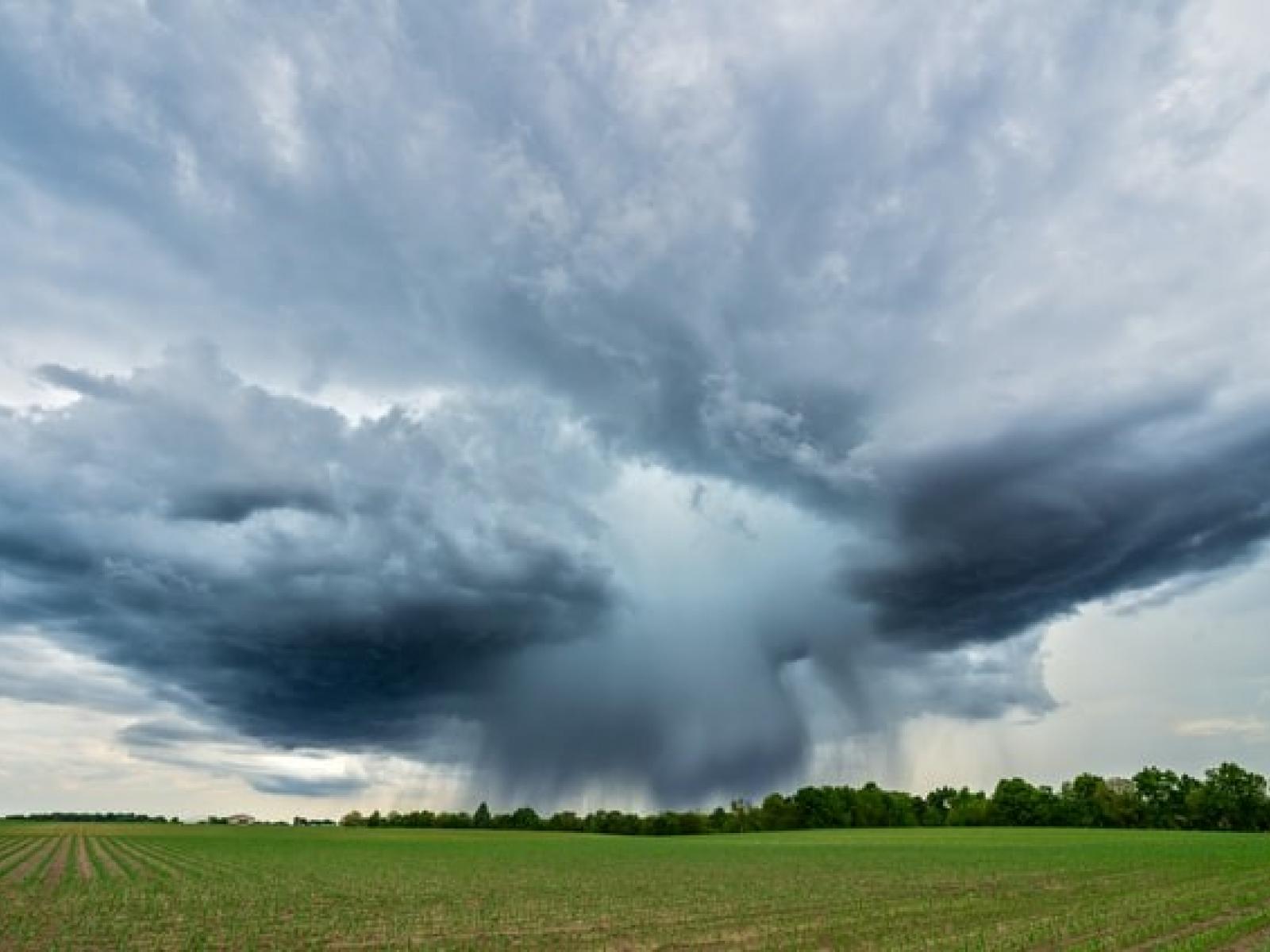Learning Convective and Stratiform Cloud Interactions from Years of Observations
Machine learning applied to model cloud-cloud interactions traditionally absent in global climate models

A new model describing the interaction between two types of storm clouds could fill a gap in current global climate models.
(Photo by NOAA | Unsplash.com)
Published: November 11, 2020
S. Hagos, et al. “A Machine Learning Assisted Development of a Model for the Populations of Convective and Stratiform Clouds.” Journal of Advances in Modeling Earth Systems 12, e2019MS001798 (2020). [DOI: 10.1029/2019MS001798].